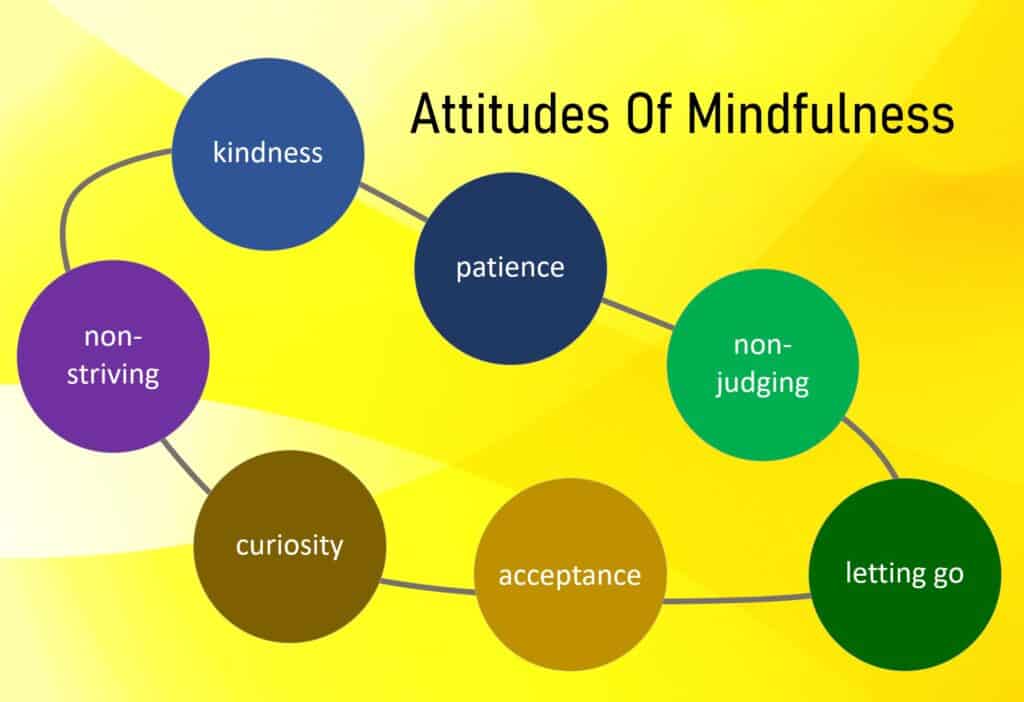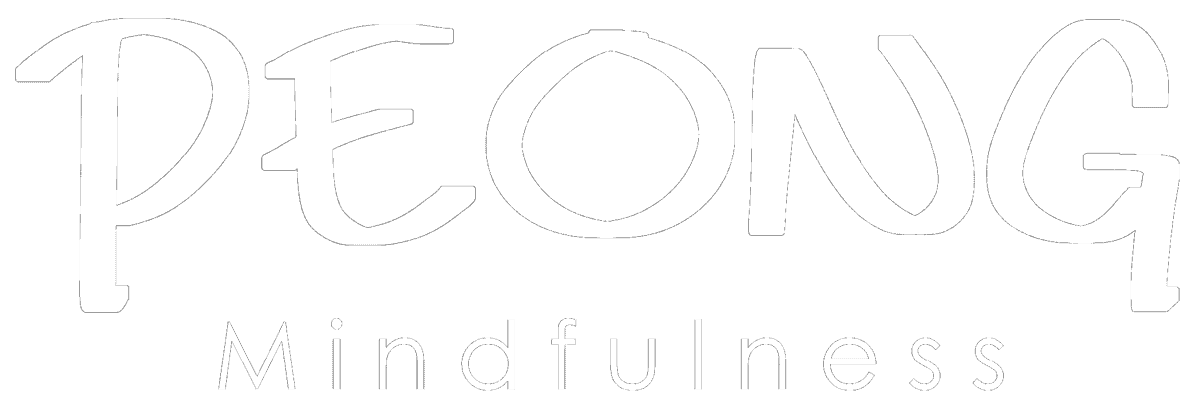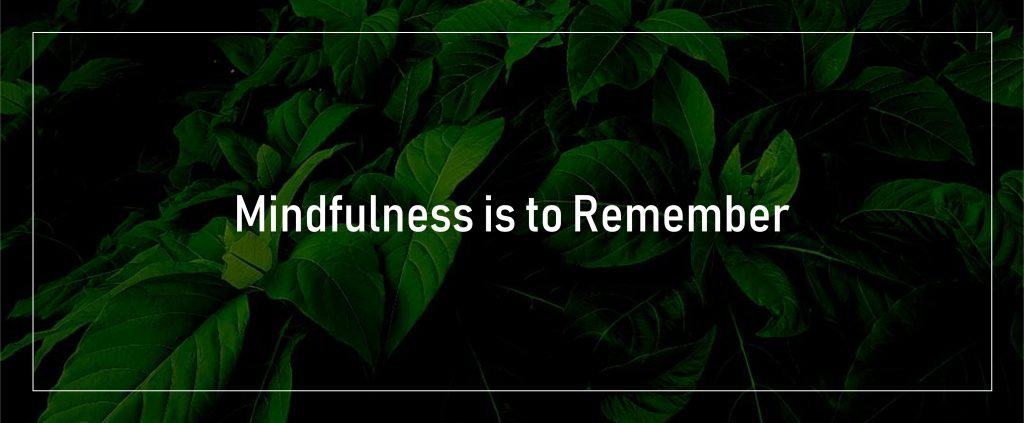
Mindfulness is remembering to know the present moment clearly. Having the following attitudes when practising mindfulness will further enhance your practice. They are Kindness, Patience, Non-judging, Letting go, Acceptance, Curiosity and Non-striving. Dr Jon Kabat-Zinn, who created the MBSR (Mindfulness-Based Stress Reduction) program, listed a portion of these attitudes in his book “Full Catastrophe Living”.
During formal mindfulness practice and daily life, if you live with these attitudes, you can face whatever life throws at you more easily.
Kindness
Be kind to others and also to yourself. Don’t be too harsh on yourself; beat yourself up when you are not progressing. Some people will progress faster in practice, while others won’t. Just put in the effort, and the result will eventually come.
Patience
When we learn anything, the progress is not linear. One moment, you find that you are making good progress. The next moment, you may find that you have hit a plateau. Be patient and keep at it. Sometimes, it may look like you are taking three steps forward and two steps back. Slowly but surely, you will make progress.
Non-judging
Whatever we perceive, don’t be too quick to judge; this is good, this is not good. I like this; I don’t like this. Hold your judgement. Don’t prejudge. If not, we are looking at things through the coloured lens of our opinions and assumptions. Recognize the judging mind as it arises, and you will see things more clearly.
Letting go
When we experience a pleasant sensation during practice, we may cling to it because it is so nice. We should let go. If not, we may get stuck at that stage and not progress further.
On the other hand, in our life, a particular event might have happened not in the way we desired, and we keep thinking about it. Maybe if we had done something about it, the event wouldn’t happen as it did. We should let it go and don’t keep thinking about it. This is not giving up. What’s happened has happened. It is now behind you. We should let go and move on.
Acceptance
The counterpart to Letting go is Acceptance. When we experience an unpleasant experience, we want it to go away. It is unlikely to go away just because of our wishes. Instead, we should try accepting it, not because we agree to or like it, but because it is already here. We can change our relationship with it by accepting it.
When something happens, we may be unable to accept it because it was unexpected or didn’t happen in the way we wanted. We may be in denial and can’t accept it. We should try to accept it and move on because we can’t turn back the clock. The next step could be to resolve the problem. Things may not be resolved because we get stuck at being unable to accept what has happened. We never move on to the next step, which is to resolve the issue. Acceptance and letting go enable us to move on to find a resolution if one is needed.
Curiosity
Curiosity may sound trivial. But if we stay curious about the object we are paying attention to, like the “breath”, our mind is less likely to drift off to other more exciting “thoughts”. Being curious about what we are paying attention to prevents our mind from wandering off. When we are curious and explore something thoroughly, it also makes us hold back our judgment, which is another attitude of mindfulness.
Non-striving
The attitude of non-striving is a bit counter-intuitive because we have been taught our entire life to strive. While it is good to set a goal at the start of our practice, after setting the goal, we should put it aside, then follow the instructions and practise. We should still put in the effort, but it shouldn’t be directed to constant checking where we are against the goal. Because it is just more thinking. The best way to achieve our goal is to back off from striving for the results and focus on the method, that is, to know the present moment clearly.




